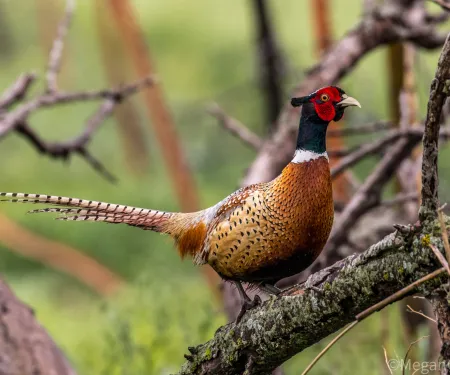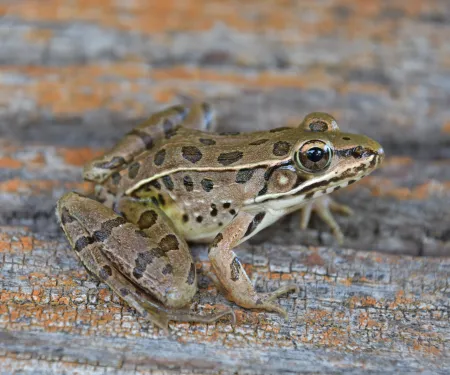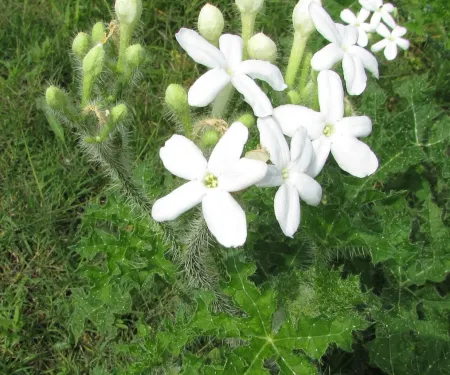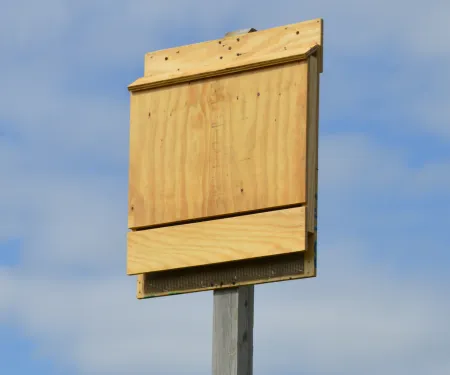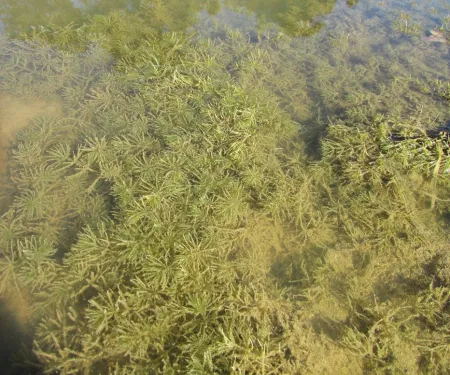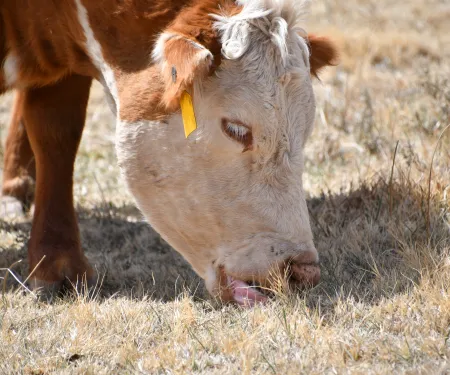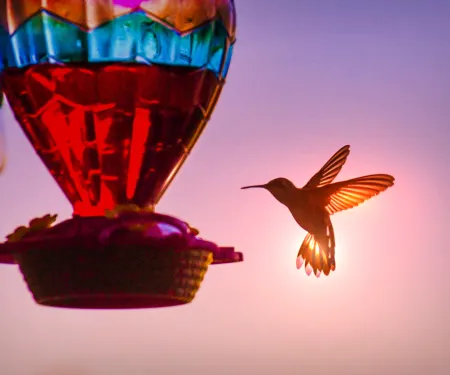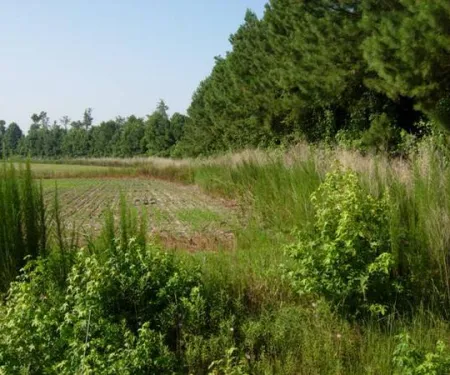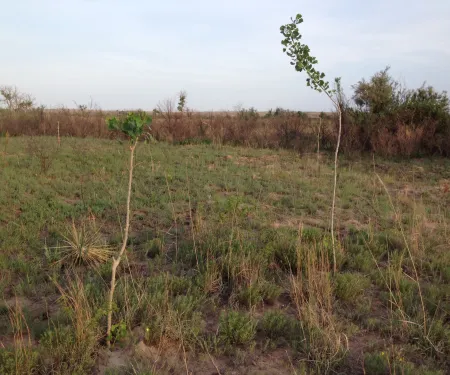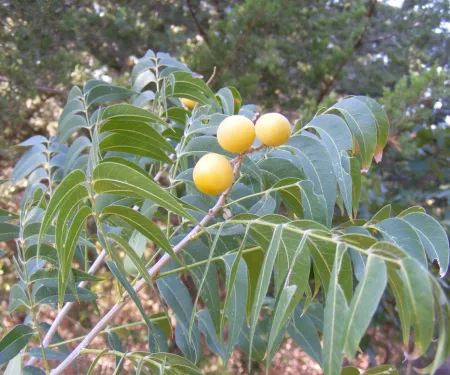Prescribed Burning for Ring-necked Pheasants
Managing for pheasants in Oklahoma doesn’t have to be an overly arduous task, in many instances a few simple adjustments to existing practices can ensure that you are leaving space and resources ‘for the birds.’
Attracting Amphibians and Reptiles to Your Wildscape
We share tips for managing amphibians and reptiles in a variety of settings.
Wildlife Food For Thought: Texas Bullnettle
Few plants demand greater respect than Texas bullnettle, and for good reason. But the plants boast of benefits too, especially for wildlife. For bird lovers of dove, turkey, and quail, managing for bullnettle – or at least tolerating their presence – may well be worth considering.
Are Bat Houses Right For My Property?
Bat houses can provide available roosts where there are none and encourage bats to use and frequent an area. But before you start erecting bat houses here and there, it's important to first determine if they are appropriate for your place.
Chara Has Overtaken My Pond – What Should I Do?
Chara, or muskgrass, can be handled using a variety of methods: mechanical, biological, or chemical. Each of these methods has its advantages and disadvantages.
Grazing Effects on Wildlife
The practice of properly grazing livestock is vital to the health of our ecosystems and overall resiliency of our great state.
Attracting Hummingbirds
Tips for attracting hummingbirds using artificial feeders and hummingbird gardens.
What Exactly Is Edge Habitat and Why Is It Important
Though the definition of edge requires qualifiers, the concept of edge and the practice of edge management remains important for wildlife habitat management in its entirety.
Establishing Eastern Cottonwoods
Landowners and agencies have attempted to reestablish eastern cottonwood in Oklahoma with some success. We share tips from the National Wild Turkey Federation.
Wildlife Food for Thought: Western Soapberry
The greatest value of the soapberry tree is for wildlife cover. Dense soapberry groves can define a woodland, fencerow, or creek, and this cover is readily used by deer, wild turkey, and many other species as they travel, rest, or escape predators.
